Brewing coffee by hand is a craft, an art that requires patience, precision, and a love for the process. The aroma, the extraction, and the first sip—every step plays a crucial role in creating the perfect cup. In this guide, I’ll walk you through the process of hand brewing coffee, from selecting the right tools to mastering the perfect extraction time. Let’s dive into the world of rich aromas and complex flavors.
Choosing the Right Equipment
Selecting Your Hand Brew Pot
The hand brew pot is the heart of the brewing process. A well-designed pot ensures even water distribution and allows for better control over extraction time. I always look for a pot with a narrow spout, which provides precision when pouring, ensuring an even saturation of the coffee grounds.
Understanding the Role of Filter Paper and Filter Cup
Filter paper and the filter cup are just as important as the pot itself. The thickness of the filter paper affects the flow rate, impacting the extraction process. A thinner filter paper allows faster water flow, while a thicker one slows it down, enhancing flavor extraction. Pairing it with the right filter cup ensures a balanced brew, bringing out the best fruit acids and deep flavors.
Perfecting Your Coffee Grounds and Extraction
Choosing the Right Ground Coffee
The size and consistency of your ground coffee play a crucial role in brewing. A medium-coarse grind works best for hand brewing, preventing over-extraction while allowing for a balanced flavor profile. Using fresh coffee beans and grinding them just before brewing ensures maximum freshness and aroma.
Mastering the Extraction Time
Extraction time is the key to unlocking the perfect balance of flavors. A brew that’s too short results in under-extracted coffee, leading to weak flavors, while over-extraction makes the coffee bitter. Ideally, a hand-brewed cup should take between 2.5 to 4 minutes, depending on the grind size and pouring technique.
Enhancing Flavor and Aroma
Controlling Water Temperature
Water temperature significantly affects the extraction of fruit acids and essential oils. The ideal brewing temperature is between 195°F and 205°F (90°C - 96°C). Water that’s too hot can cause bitterness, while cooler water leads to a flat taste.
Pouring Techniques for Maximum Flavor
A slow, controlled pour enhances the depth of flavors. I recommend starting with a bloom pour—pouring a small amount of water over the grounds and letting it sit for about 30 seconds. This releases trapped gases and enhances extraction. Following this, a steady circular pour ensures even saturation and full-bodied flavor.
By mastering these techniques, you can elevate your hand-brewed coffee experience, enjoying every sip with rich aromas and vibrant flavors. Happy brewing!


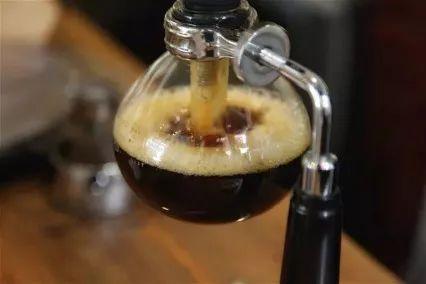
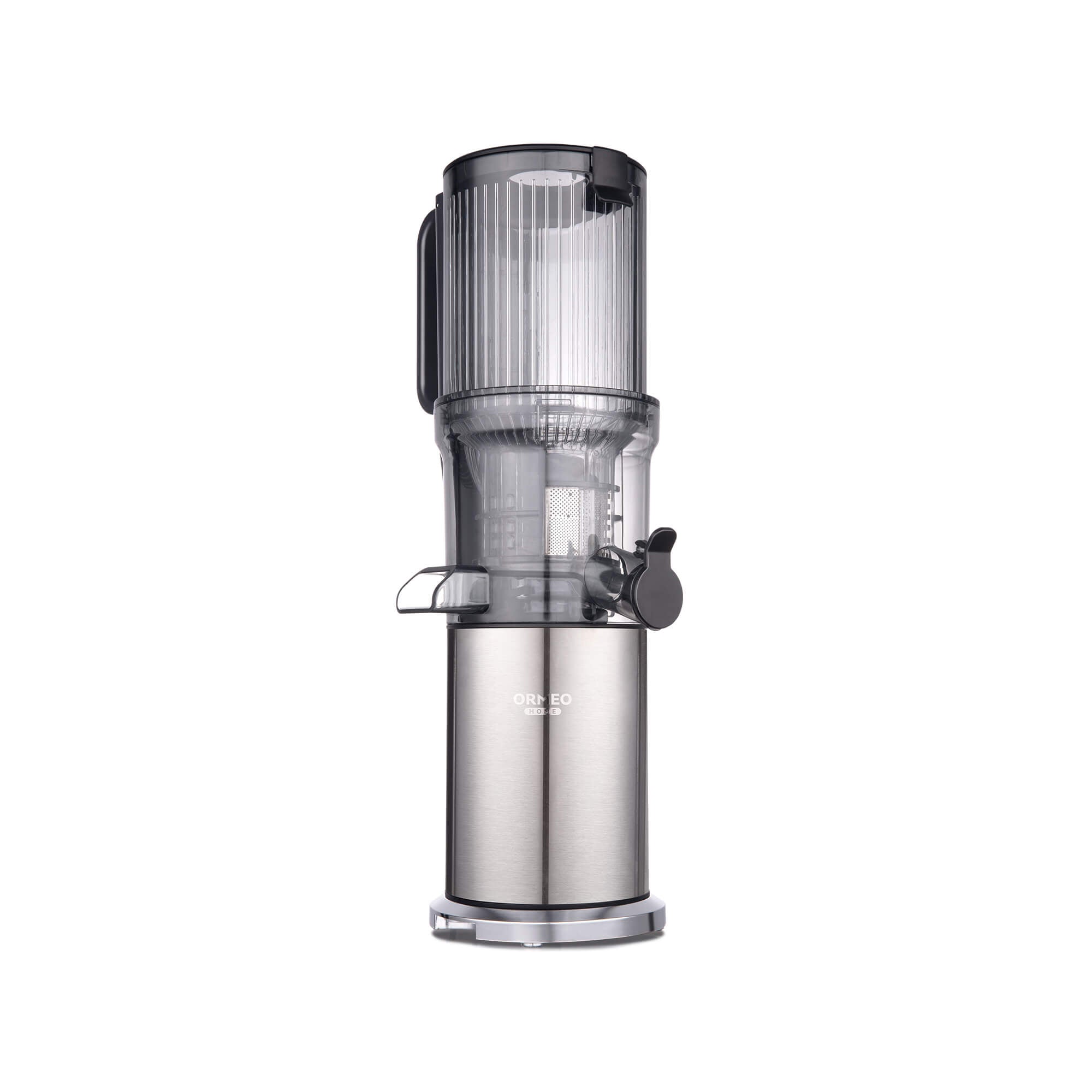
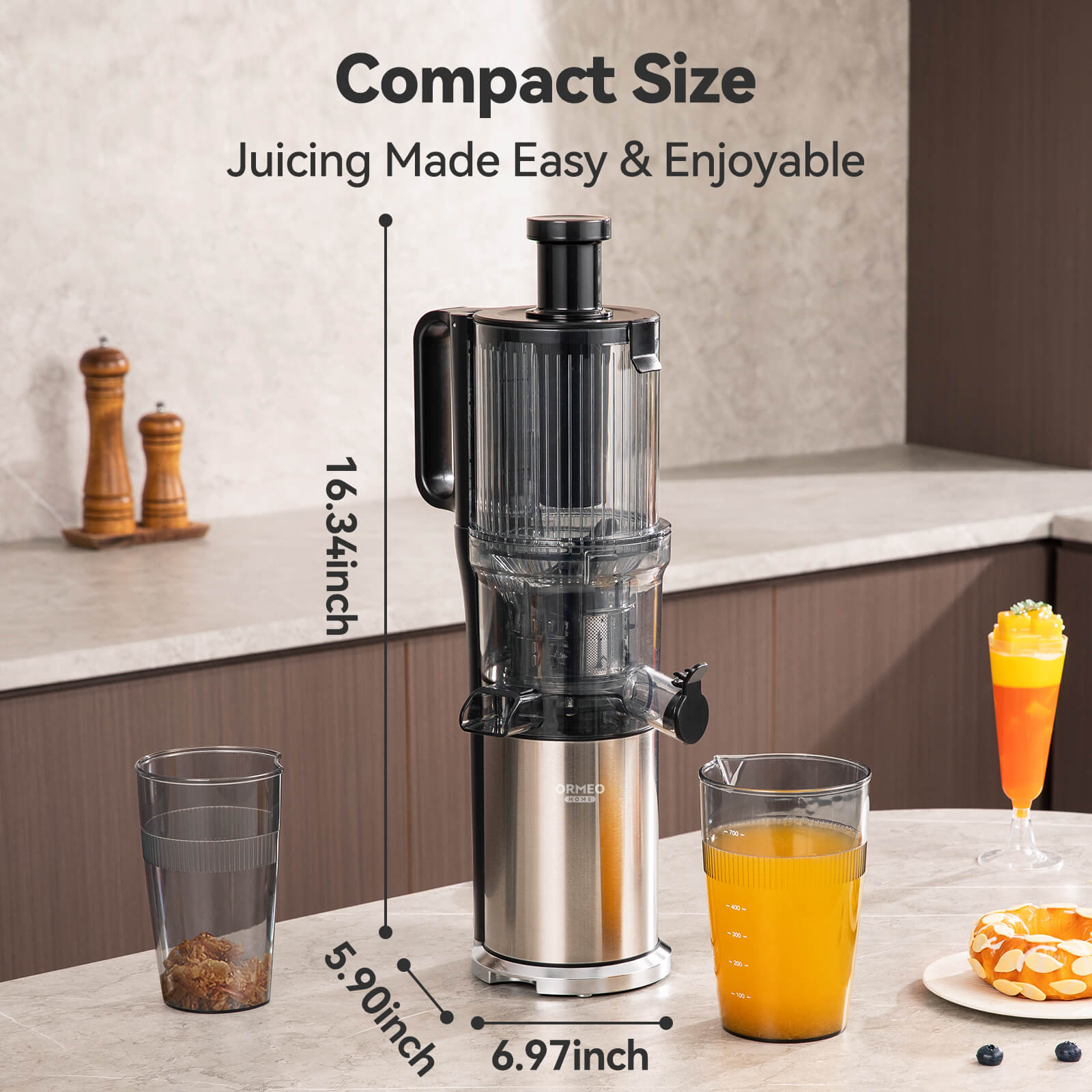
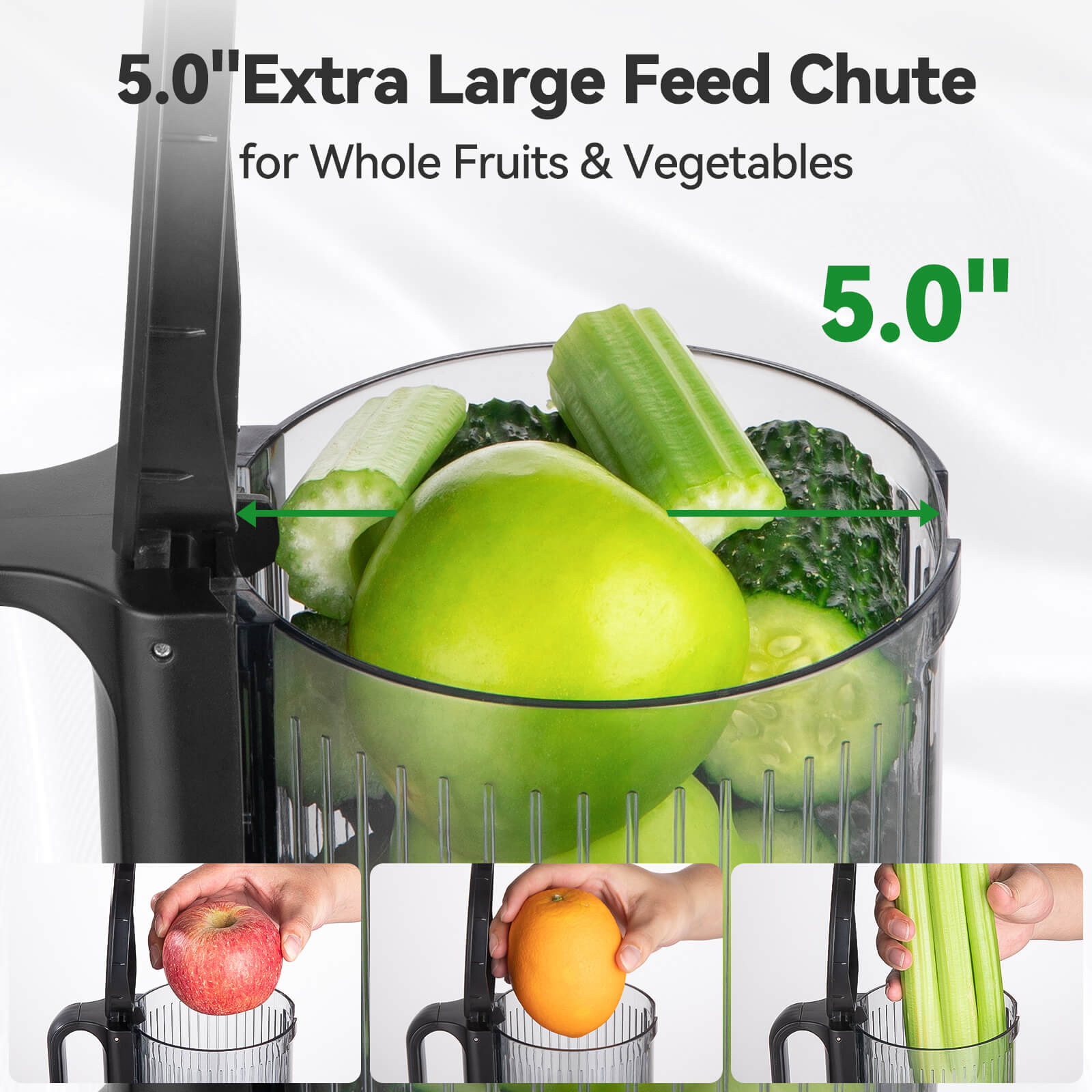
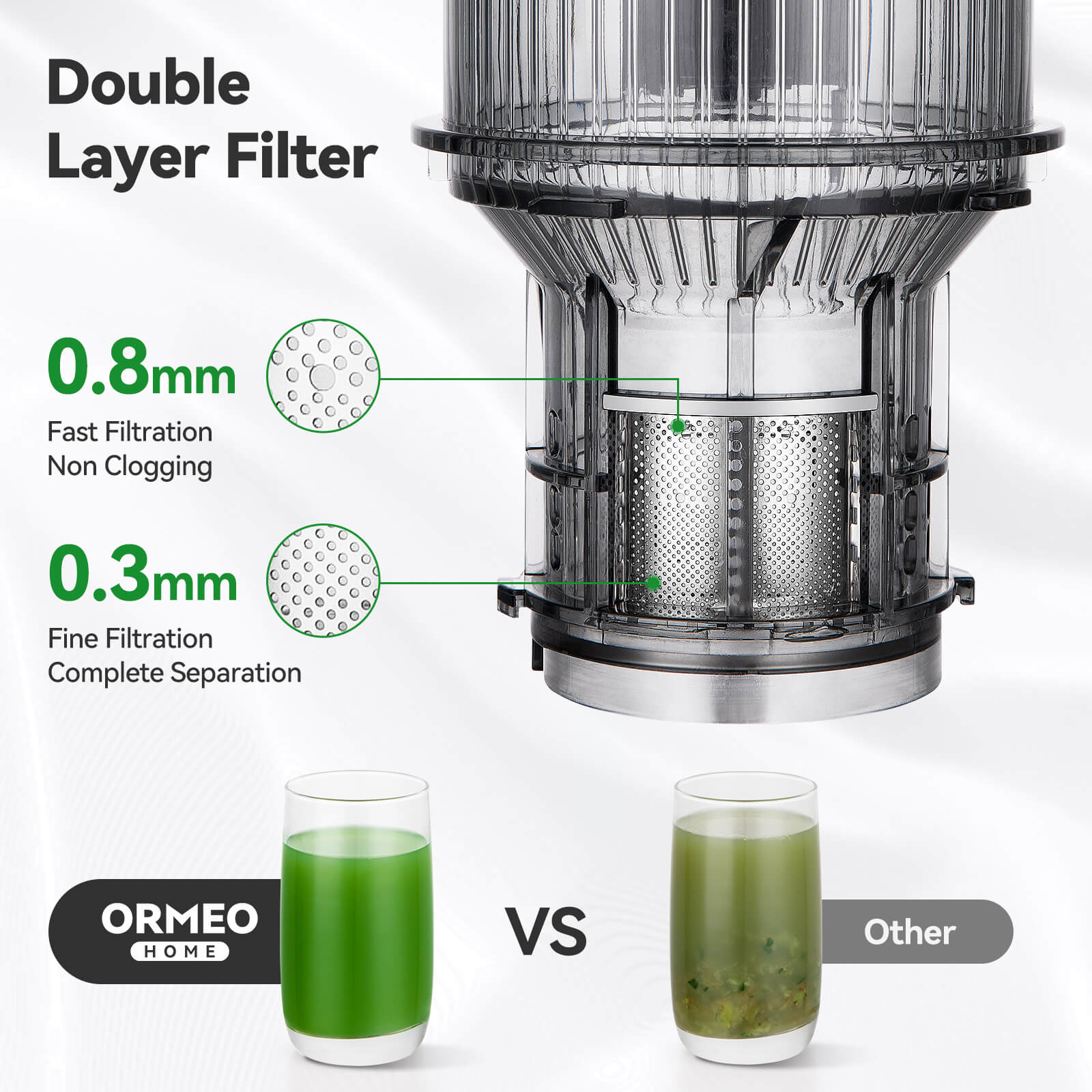
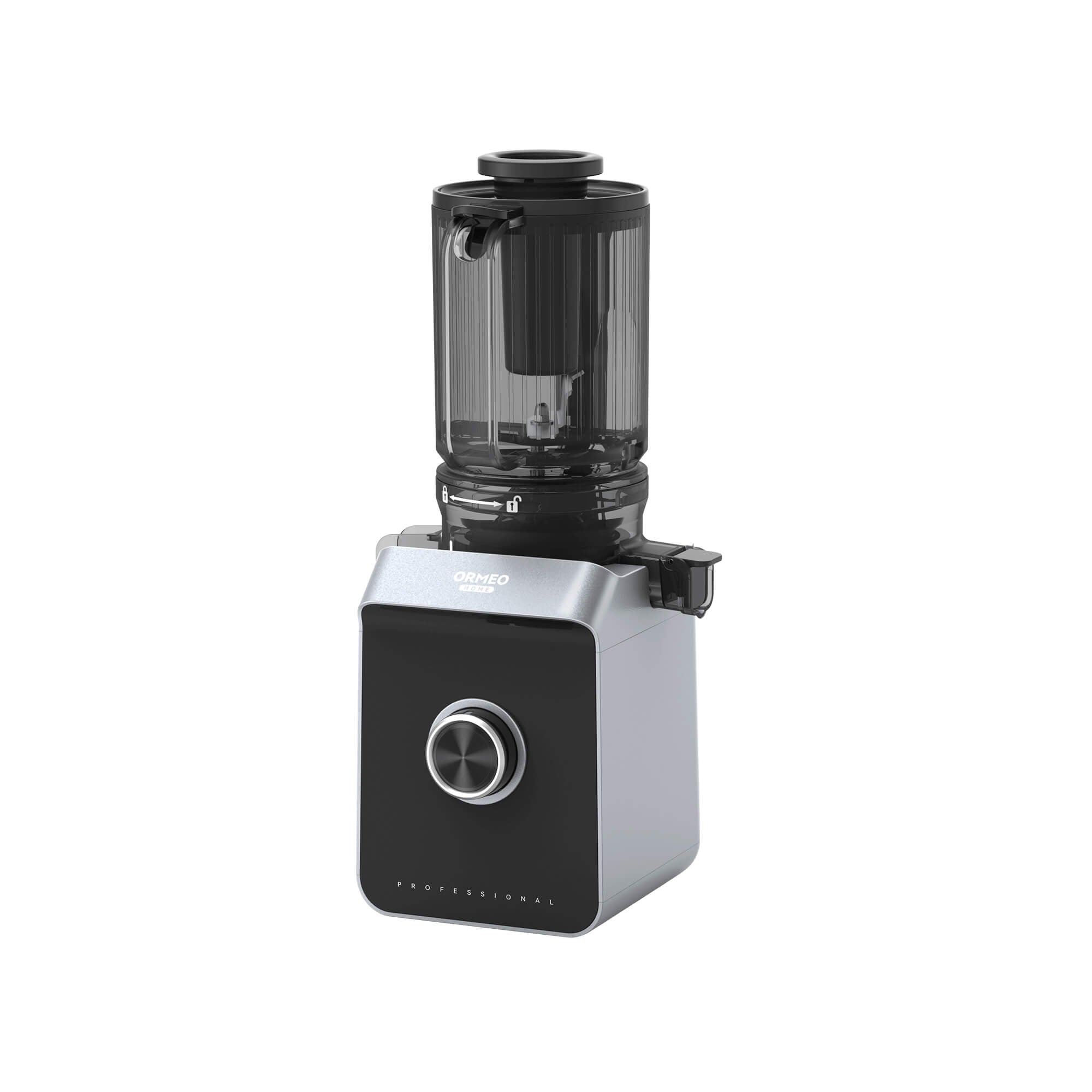
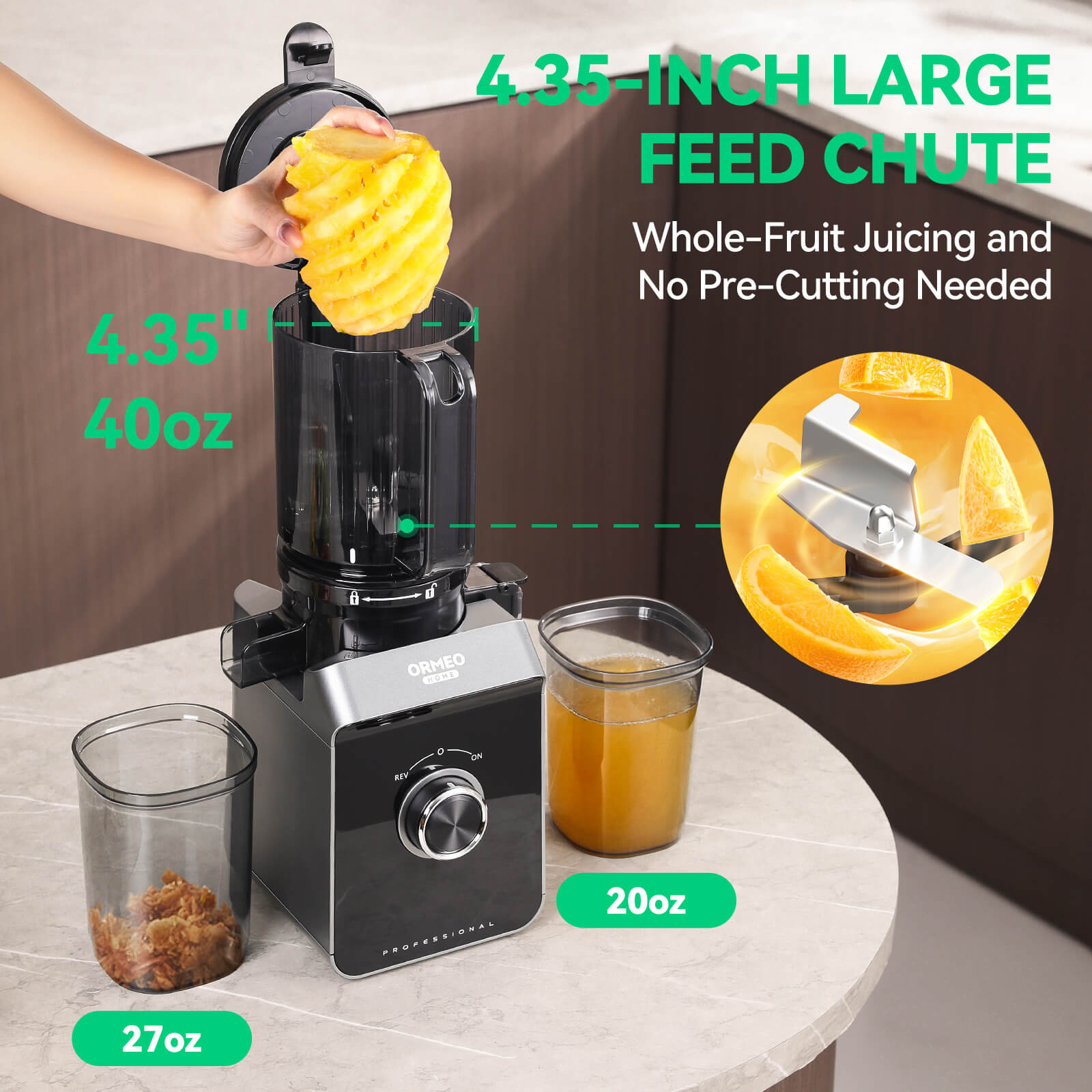

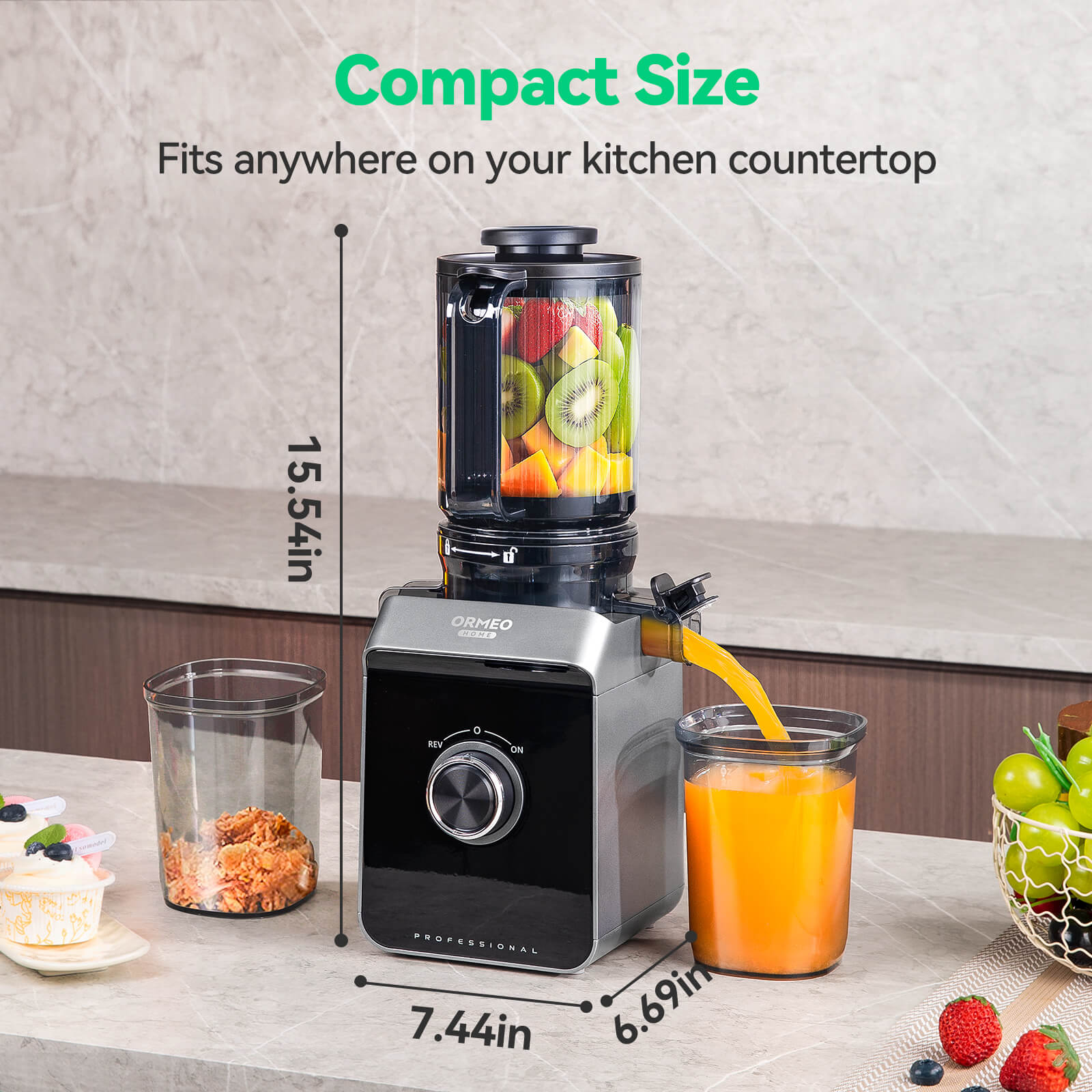
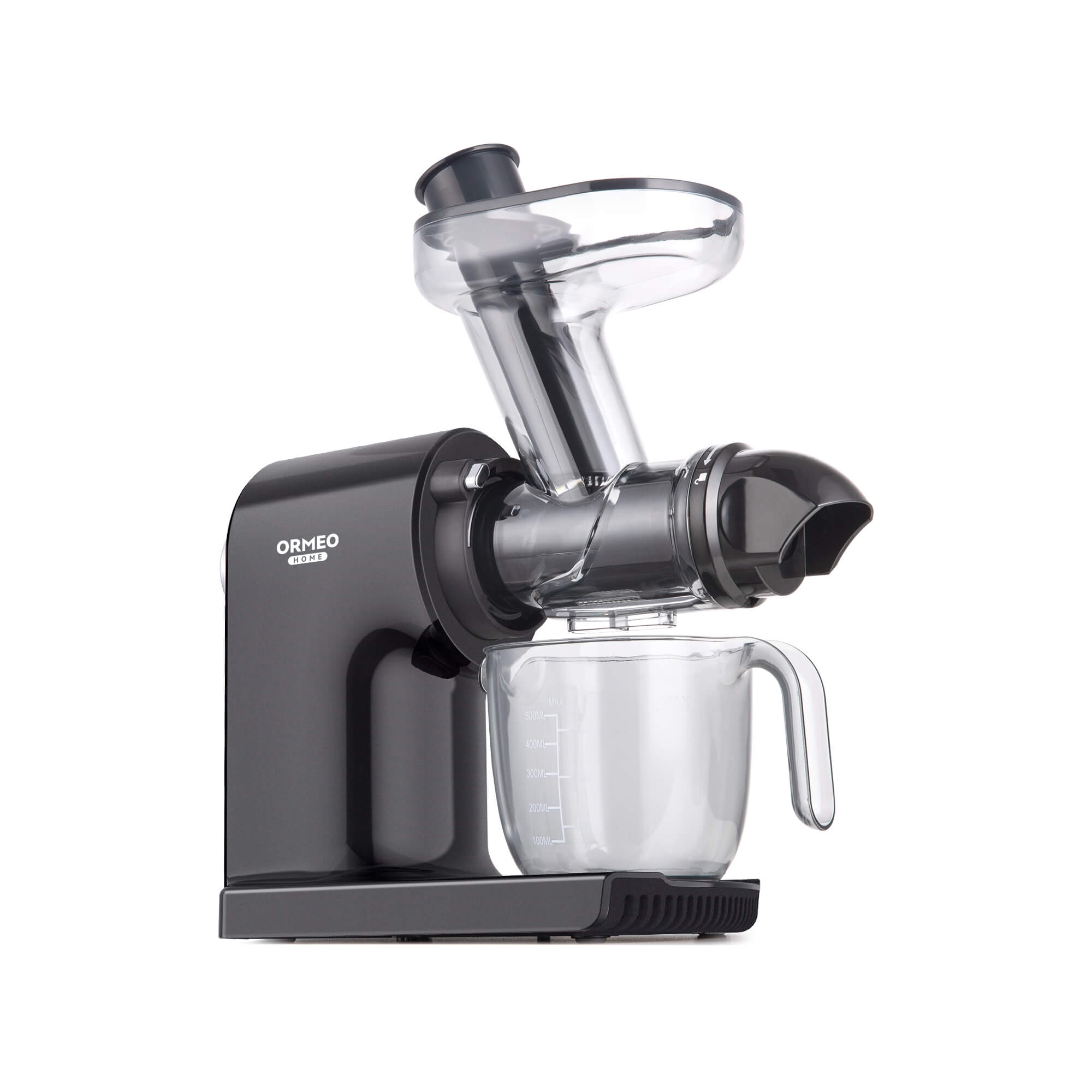
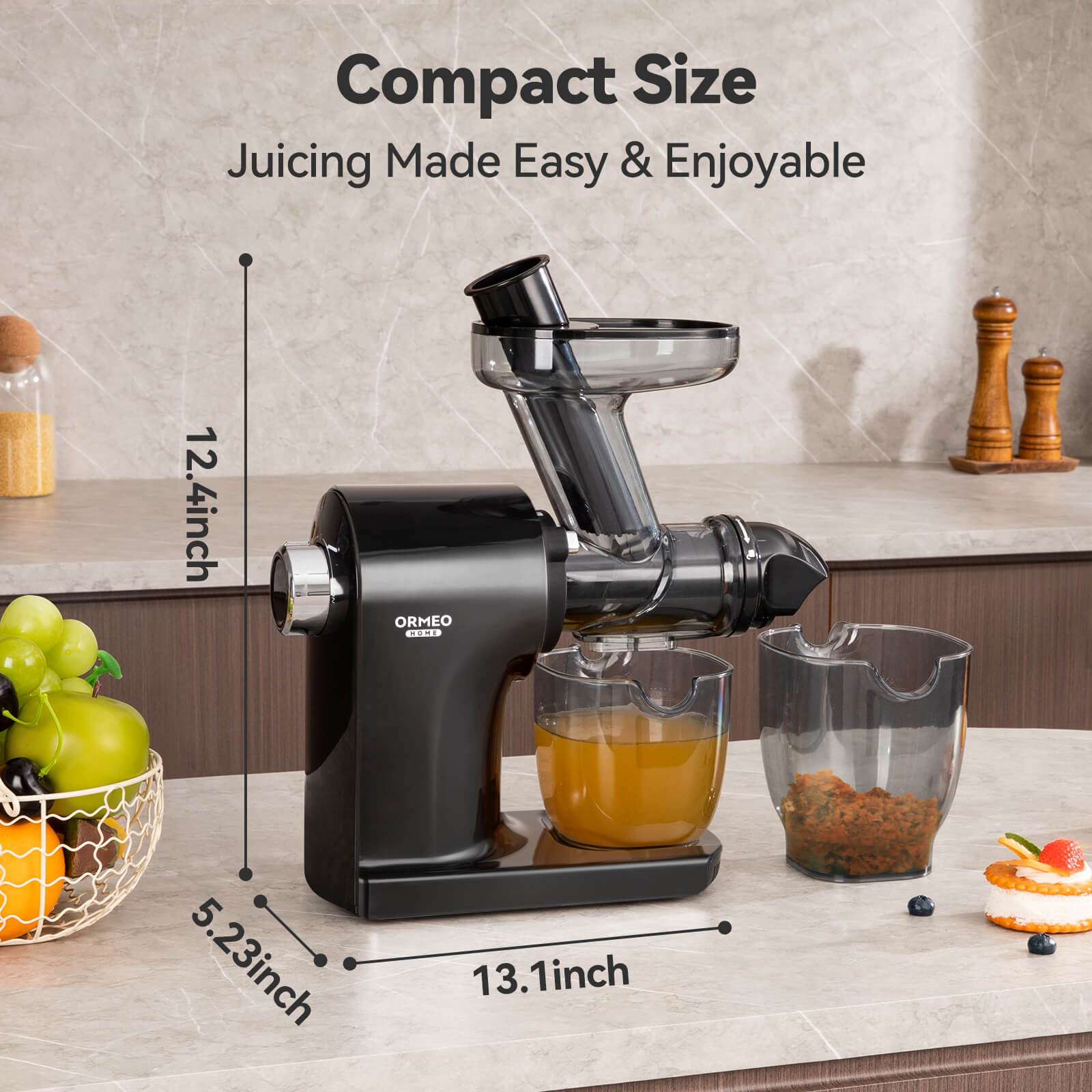
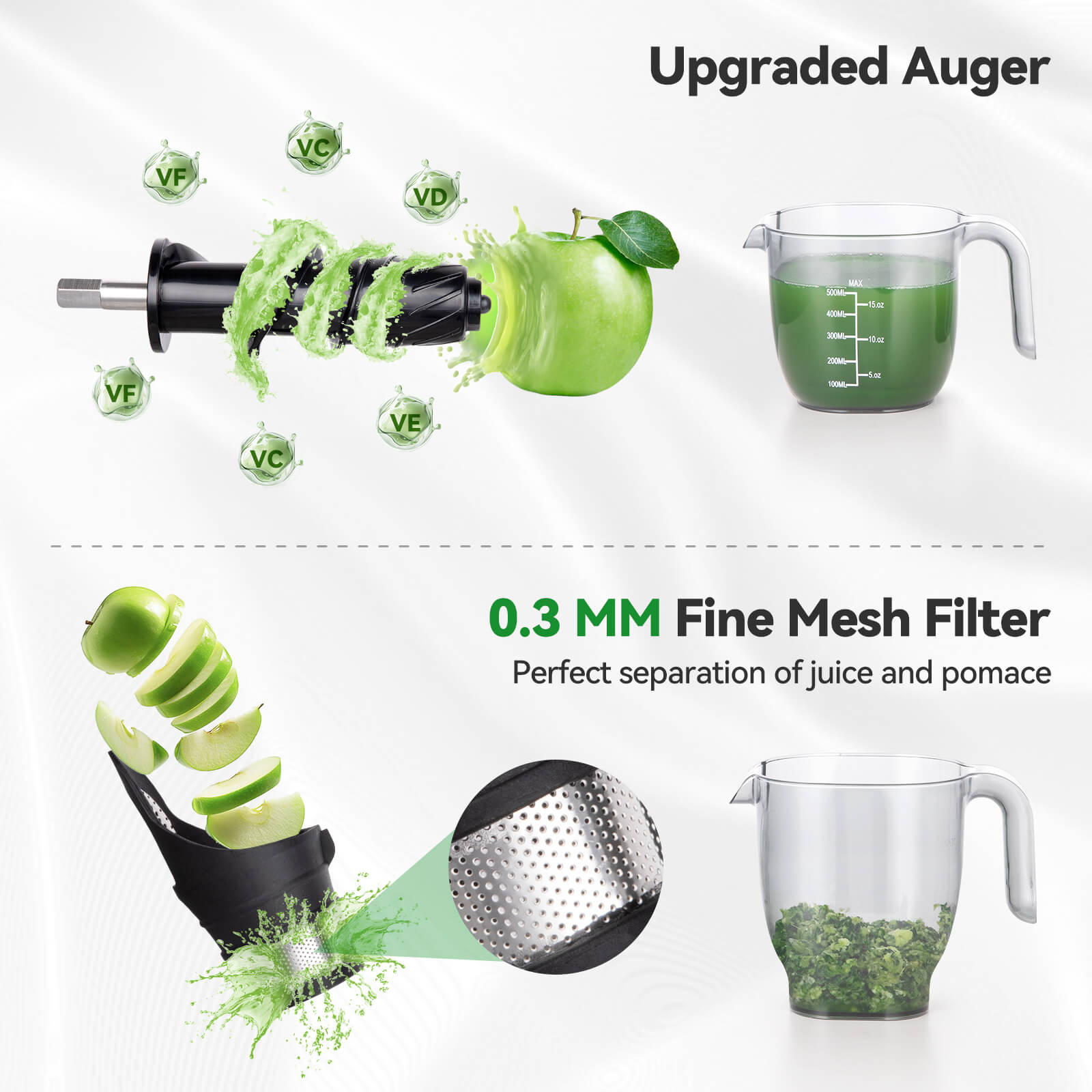
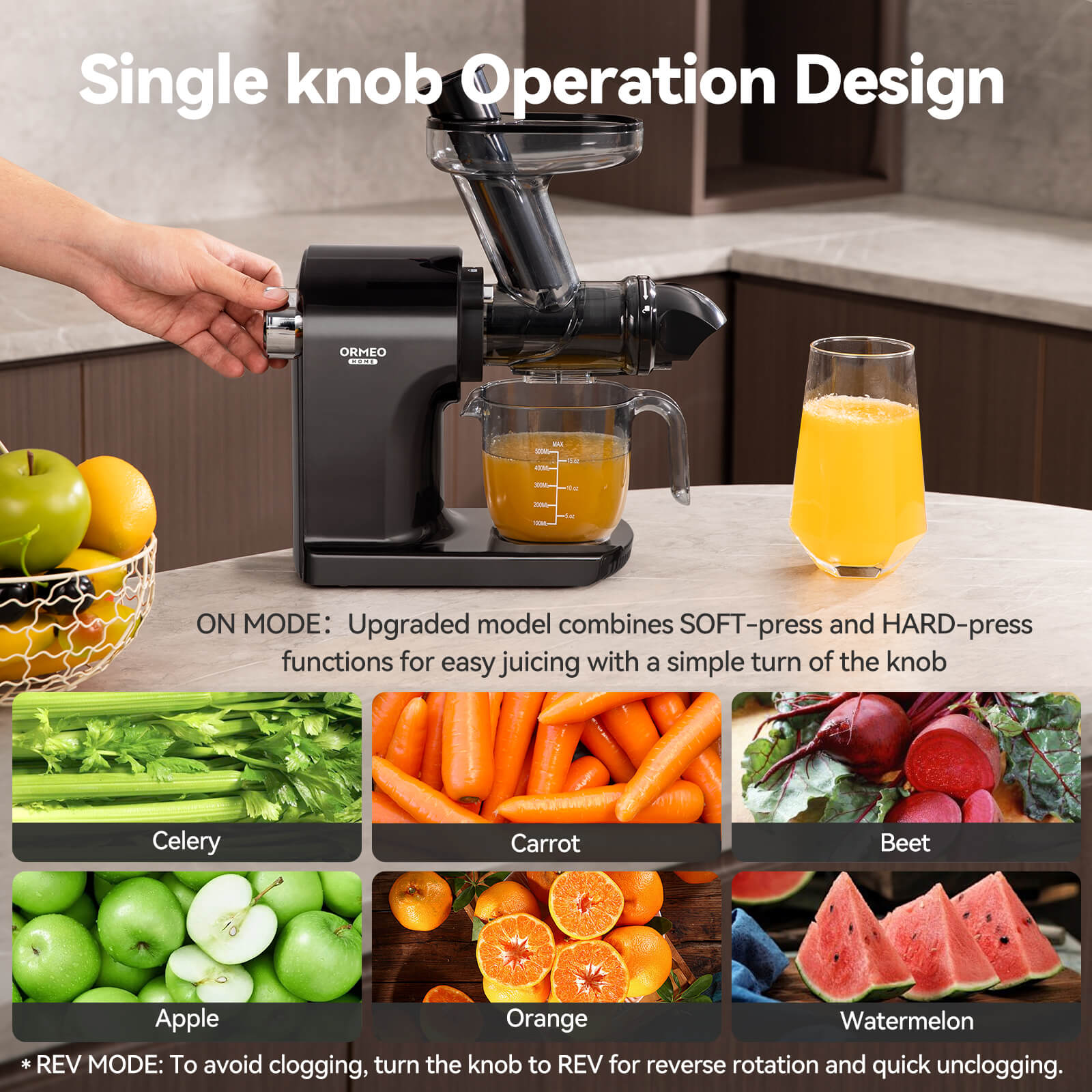
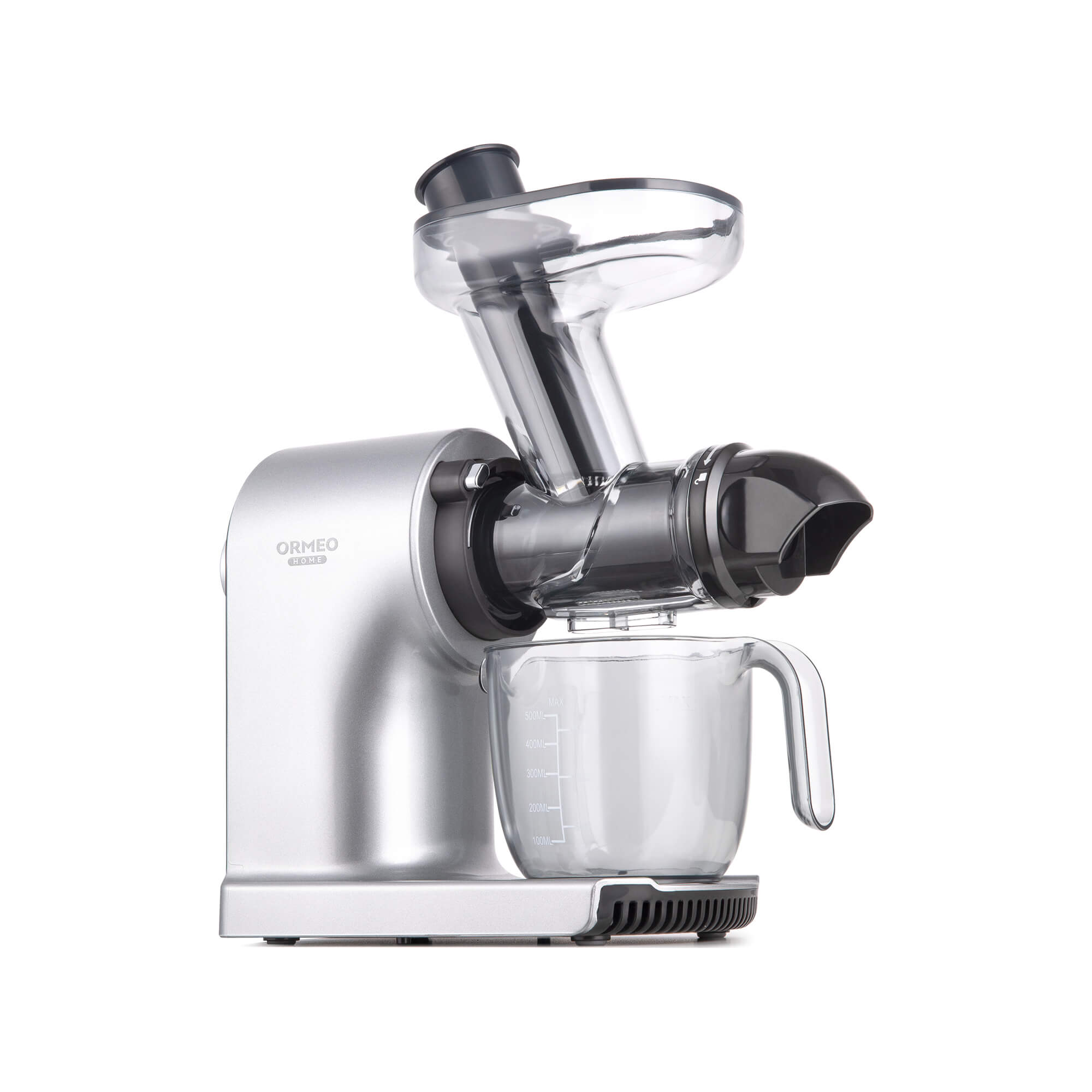
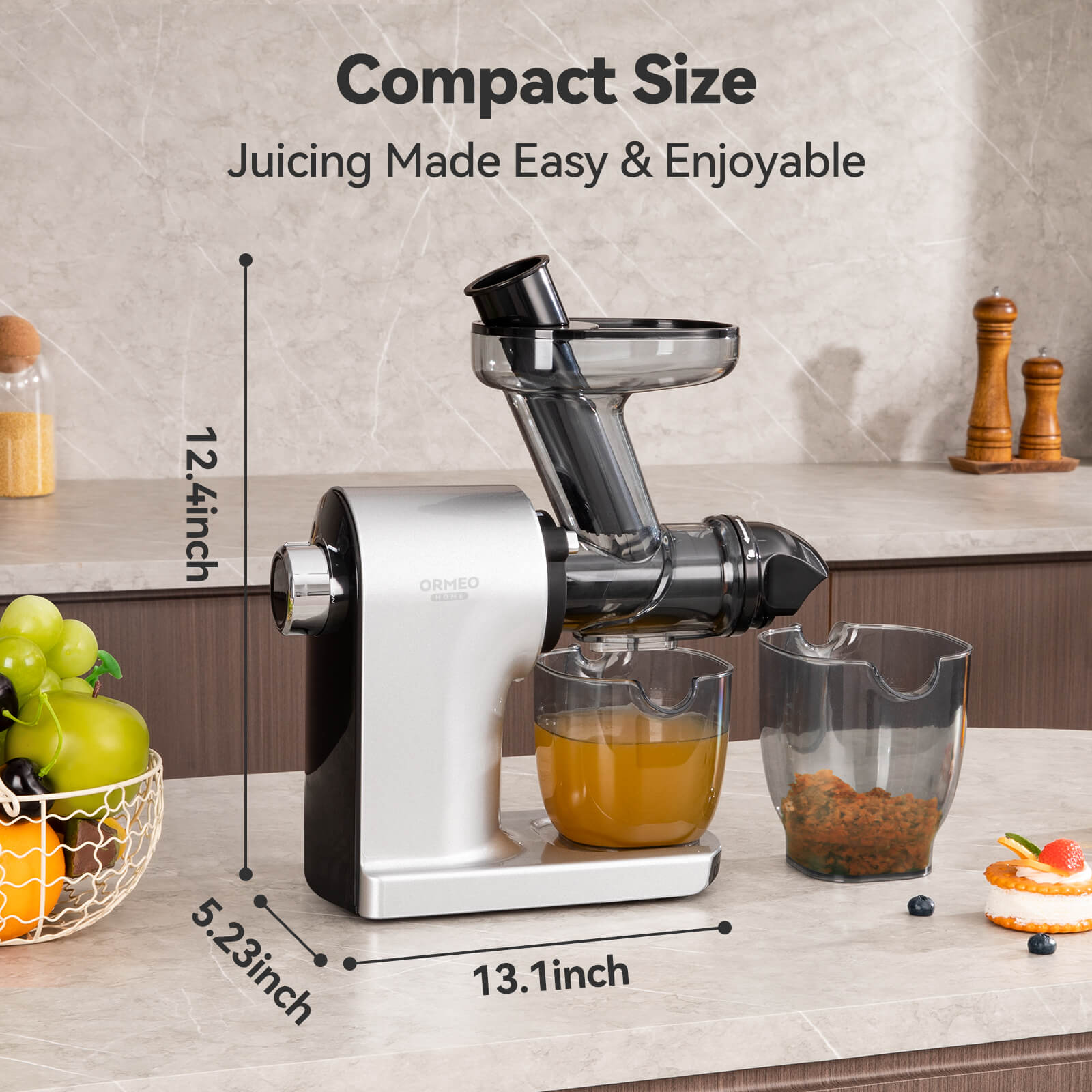
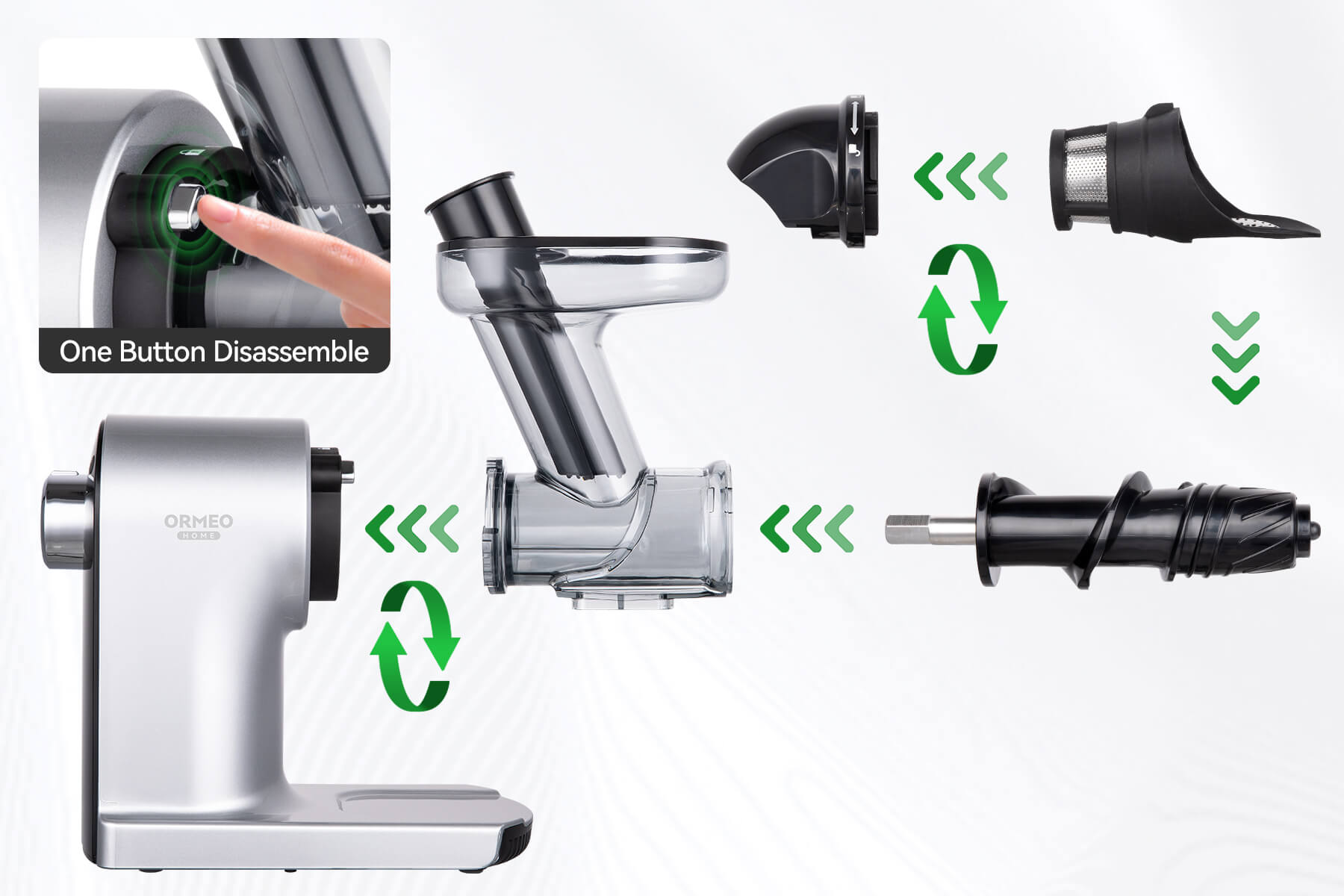
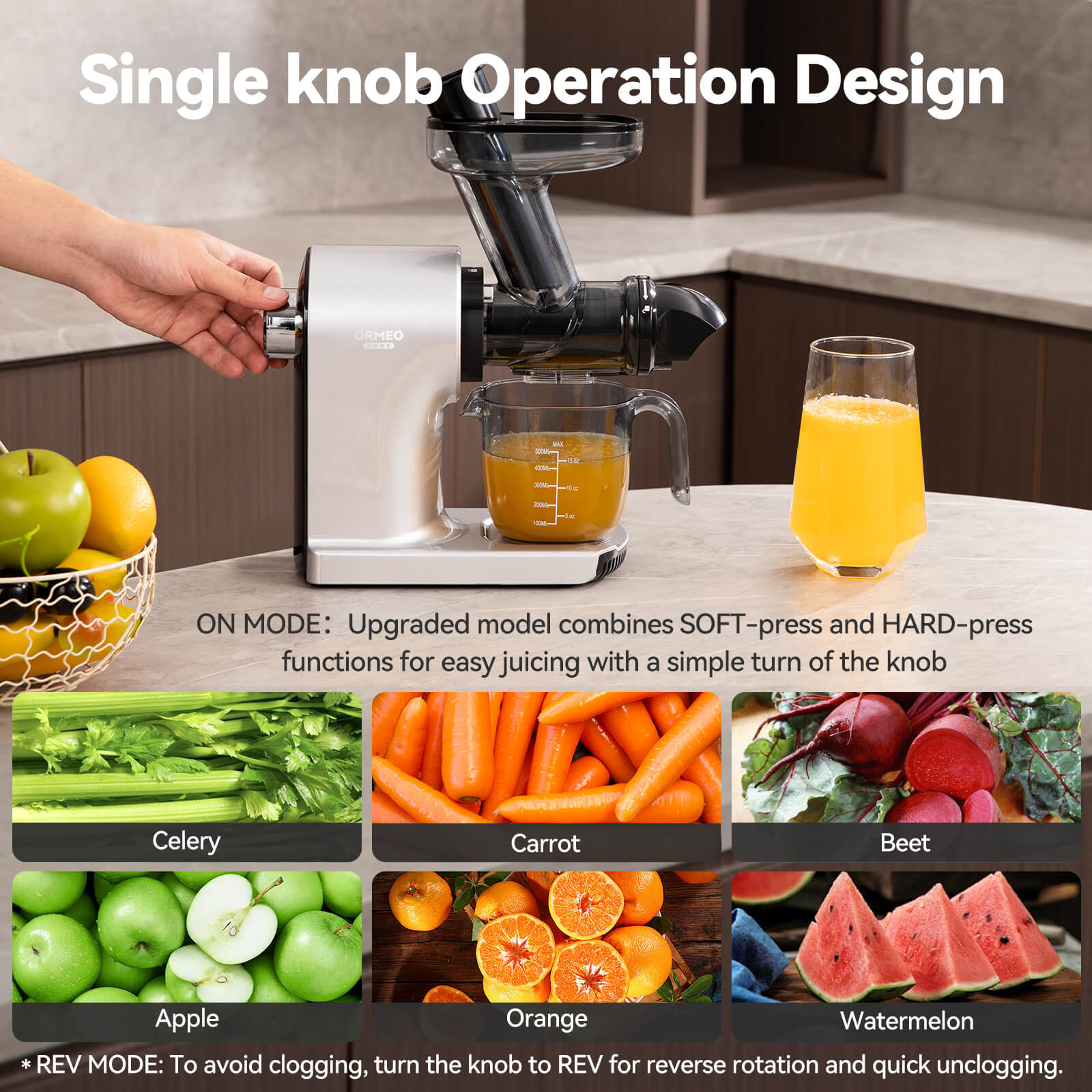

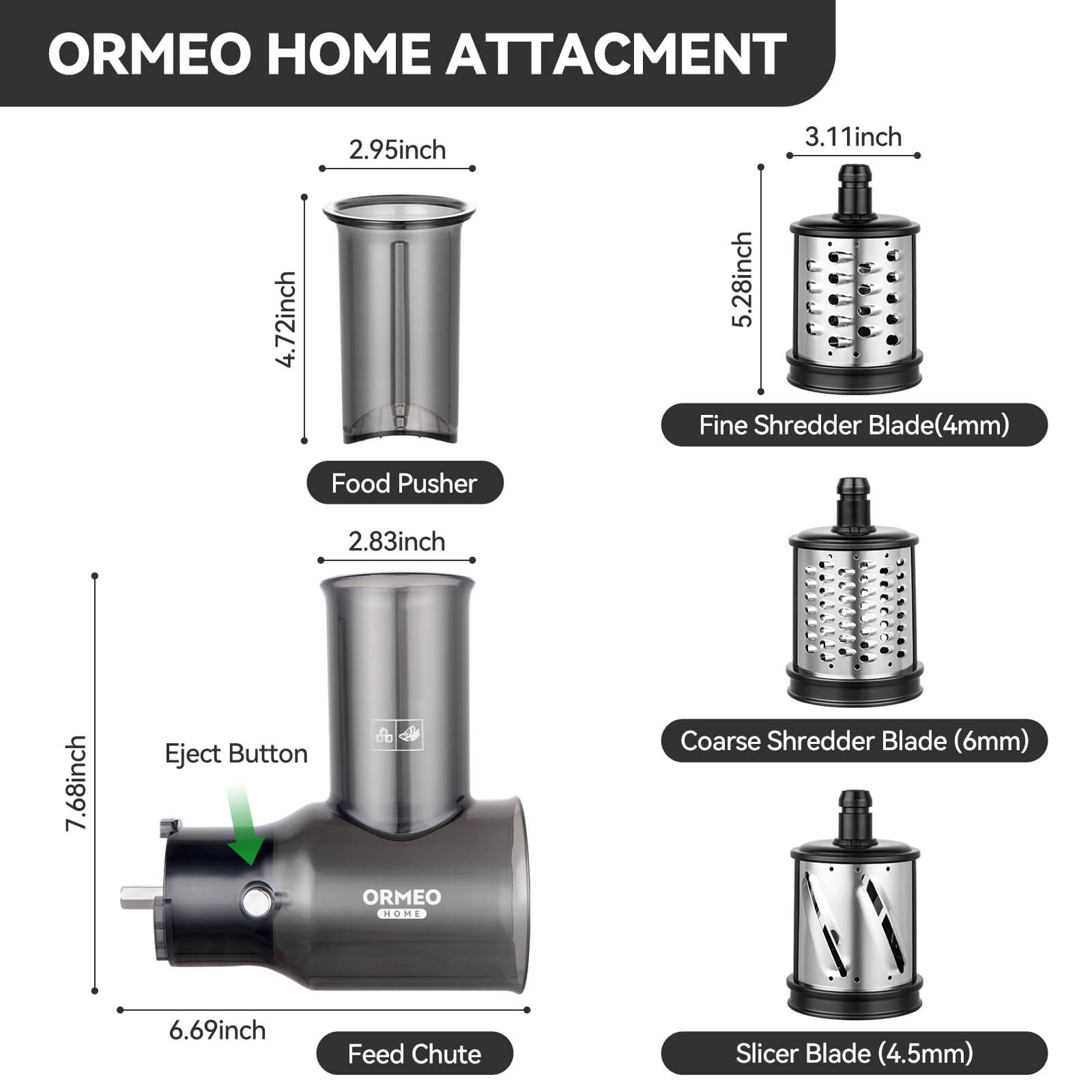
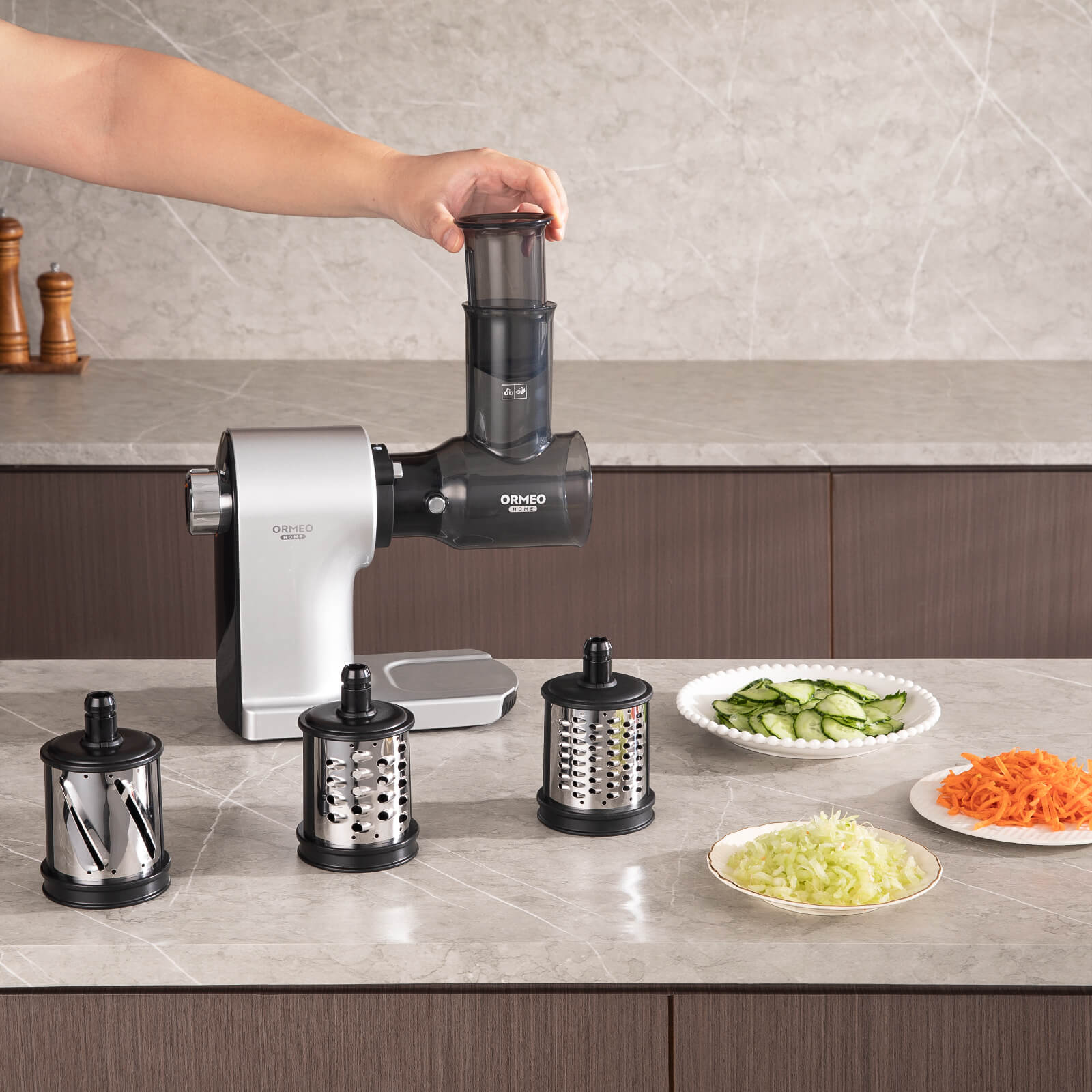
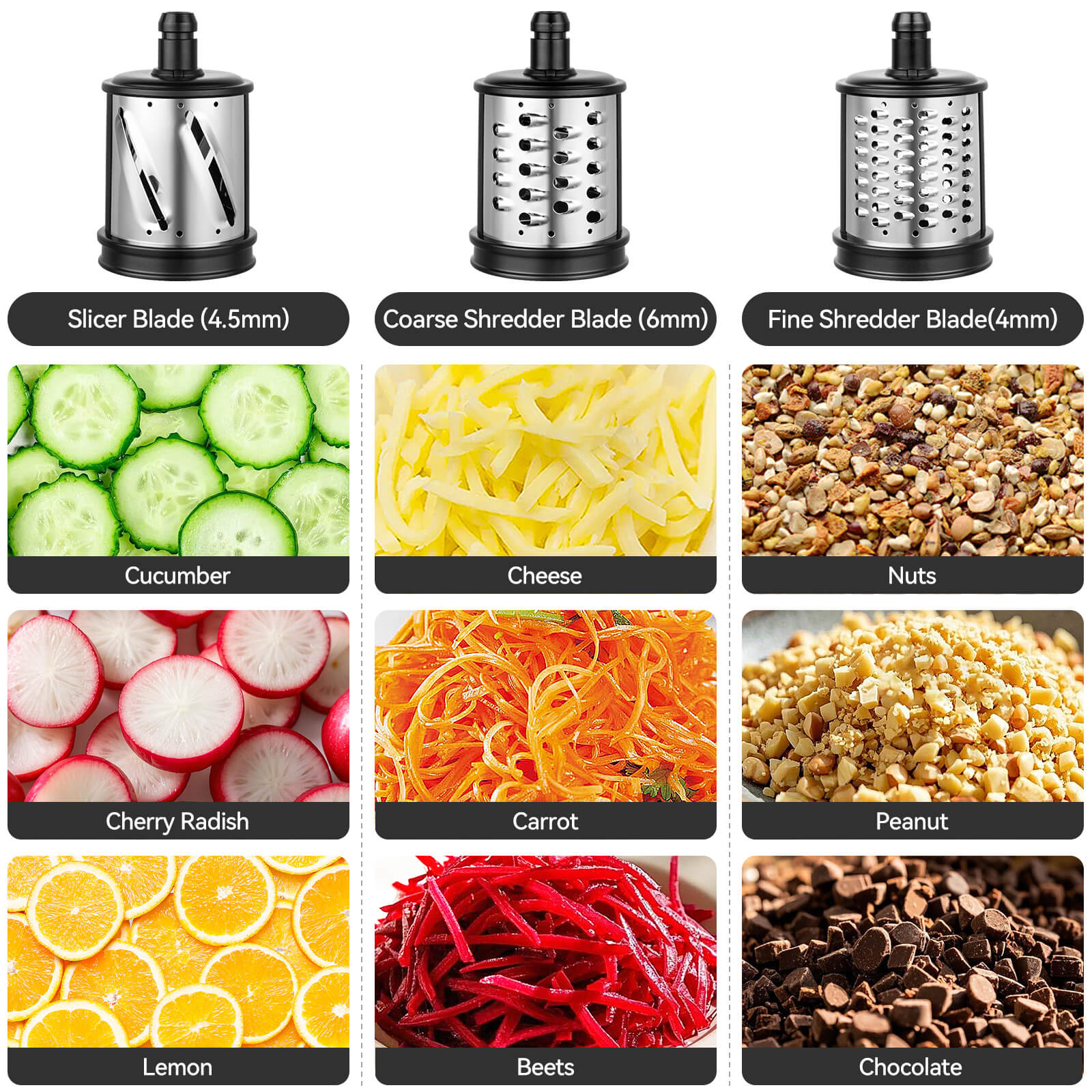
Share:
Have You Chosen the Right Juicer? A Complete Guide for Every Lifestyle
5 Common Mistakes to Avoid When Brewing French Press Coffee